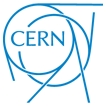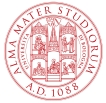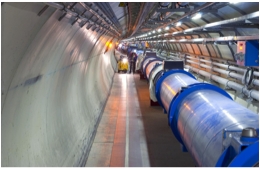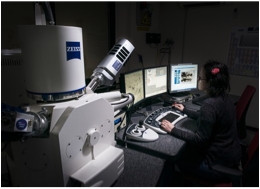


European Physical Society
Workshop 2013
Ravenna (ITALY), 11-12 November 2013


  
|
Technology and Innovation Group European Physical Society Workshop 2013 Ravenna (ITALY), 11-12 November 2013 |
 
|
|
Speaker: Colin Latimer Title: Pure and Applied Physics and the EU Economy Affiliation: University of Belfast, UK Abstract: Physicists, when asked to justify their existence, routinely trot out a list of all the good things that unarguably they have contributed to society. These include x-rays, MRI scanners, semiconductors, lasers and GPS navigation to list just a few. The development of these, however, can take a generation or longer to reach fruition and furthermore their economic benefit is almost impossible to assess. As we are all aware, and especially in Europe, it is precisely this economic aspect that currently dominates political thinking and a society faced with pressing economic problems and rising unemployment. Physicists, however, can have a good story to tell here also. The European Physical Society has recently commissioned and published an independent report on the European Economy (the 27 EU countries plus two EFTA countries - Switzerland and Norway - for which Eurostat data in the form of NACE codes is also available). Its aim was to study and quantify the role of physics-based sectors in the EU economy. These are defined as those where the use of physics- based expertise or technology is critical for the sector to function and encompassed industries that are dependent on modern and advanced physics (for example, aerospace and telecommunications) but does not include those that are dependent on more basic physics such as mining and construction. The results of this study show that the physics-based industrial sector generates over 15% of total turnover and over 13% of overall employment within Europe’s business economy. To provide some context to these numbers, the turnover per person employed in the physics-based sector substantially outperforms the construction and retail sectors. Furthermore physics-based labour productivity is significantly higher than in many other broad industrial and business sectors, including manufacturing. It is now increasingly appreciated that, for economic recovery, austerity must be accompanied by economic growth. This is, of course, stimulated by innovation much of which emanates from the application of physics in creating and advancing new technologies. It is hoped that this EPS report and the facts that it reveals can be used to maintain, indeed enhance, support for physics and physics –based industries thereby enabling them to drive growth and employment in the European economy. |
|
© 2013, EMRG |
Sponsored by: |
Centro Tecnologia e Innovazione |